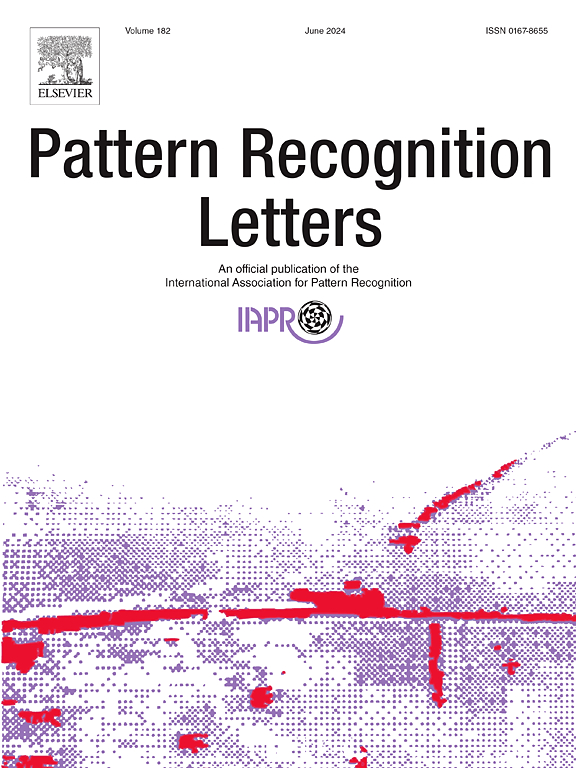Cascading enhancement representation for face anti-spoofing
IF 3.9
3区 计算机科学
Q2 COMPUTER SCIENCE, ARTIFICIAL INTELLIGENCE
引用次数: 0
Abstract
Face anti-spoofing (FAS) is the first security line of defense in face recognition systems. The majority of current methods focus on distinguishing the live faces from spoof faces by designing an adaptive network with auxiliary information to enhance the feature discrimination, which shows that how to achieve the discriminative representation is also vital to solve FAS task. In this paper, motivated by the idea of cascading enhancement, we propose a novel cascading enhancement representation network (CERN) for effective FAS. Specifically, the CERN utilizes two branches to achieve multi-level feature in cascading enhancement feature extraction stage. The first branch employs the backbone network to concatenate the multi-scale feature in conjunction with attention modules. The second branch utilizes the shared attention modules to enhance the input space for learning the multi-level refinement features. In cascading enhancement feature fusion stage, we transmit the high-level feature to the middle level (mid-level) for enhancing the mid-level representation. The novel mid-level feature is then used to enhance the low-level feature. Moreover, the weight map learning scheme is proposed to further enhance the discrimination of the predicted binary map. Additionally, we use meta-learning to extend our CERN for solving cross-database testing. Experiments on five benchmark databases demonstrate the effectiveness of our methods against the state-of-art methods.
求助全文
约1分钟内获得全文
求助全文
来源期刊

Pattern Recognition Letters
工程技术-计算机:人工智能
CiteScore
12.40
自引率
5.90%
发文量
287
审稿时长
9.1 months
期刊介绍:
Pattern Recognition Letters aims at rapid publication of concise articles of a broad interest in pattern recognition.
Subject areas include all the current fields of interest represented by the Technical Committees of the International Association of Pattern Recognition, and other developing themes involving learning and recognition.
 求助内容:
求助内容: 应助结果提醒方式:
应助结果提醒方式:


